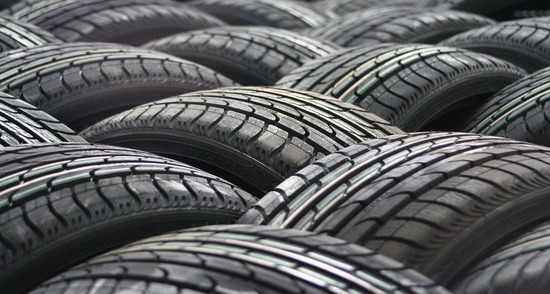Imagine you are looking online for tires or have just entered a tire shop. Suddenly, you are burdened with different types of tires and you get confused!
Is this tire best for me or that one?
But what’s the difference?
Don’t worry, we have got you covered! Today, we will be discussing the different types of tires so that you can make an educated decision when buying tires.
6 Different Types of Tires
1: Summer Tires
During the summer, Oman is scorched by the sun. It is for this reason that tires designed for use in Oman are built to withstand such temperatures. Summer tires are made of a soft rubber compound that improves stability and traction. Finally, their tread is designed to prevent aquaplaning.
2: Winter Tires:
These tires have a lot of grooves and sipes. Their function is to improve traction on snowy and icy surfaces. While summer tires become rigid in temperatures below 10 °C, winter tires do not.
3: All-Season
These tires are created by combining winter and summer tire technology. However, don’t expect the same level of performance as specialized and dedicated seasonal tires. All-season tires are ideal if your primary concern is simply getting from point A to point B without regard for performance.
4: Performance tires
These tires are designed for high-performance vehicles. They have been tuned to provide quick steering response and instant acceleration. Aside from that, they have short braking distances and high-speed ratings.
5: Run-Flat tires
It is a tire technology rather than a tire type. Nonetheless, they are marketed as a distinct tire type around the world. These tires have the amazing ability to run even when they are flat. With these tires, you can drive for up to 80 kilometers at a speed of up to 80 kilometers per hour. It allows you plenty of time to get to the nearest tire repair shop.
6: 4X4 tires
Oman’s beauty lies hidden in the mountains and sandy areas for those who are daring enough for off-road driving. 4×4 tires are specifically designed for off-road that can’t be driven on with standard tires. The disadvantage of such tires is that they use a lot of fuel and are not suitable for on-road driving. However, recent technological advancements have resulted in tires that provide a balance of on-road and off-road performance.



